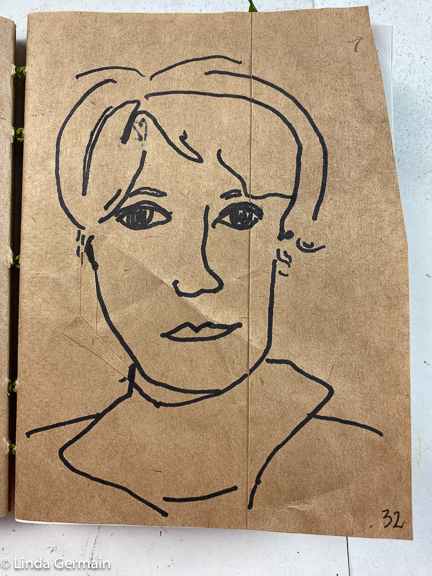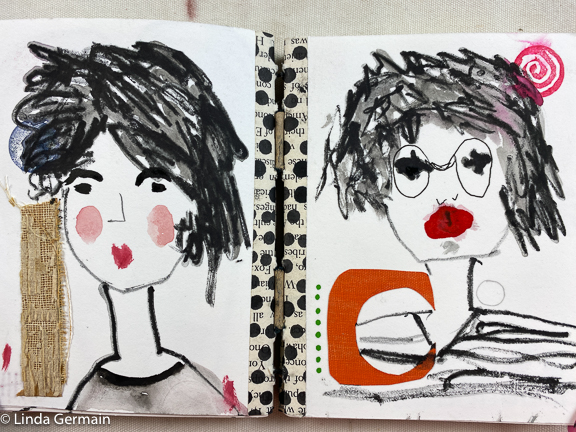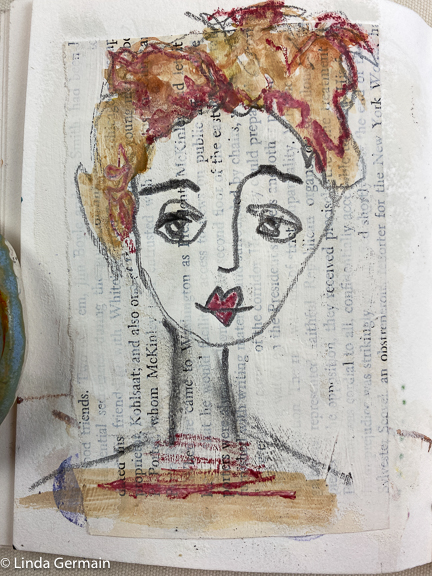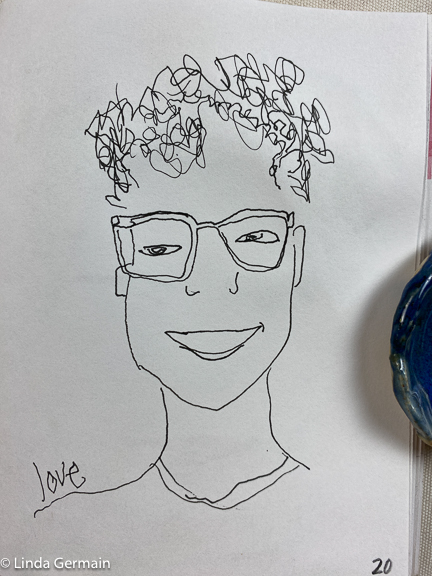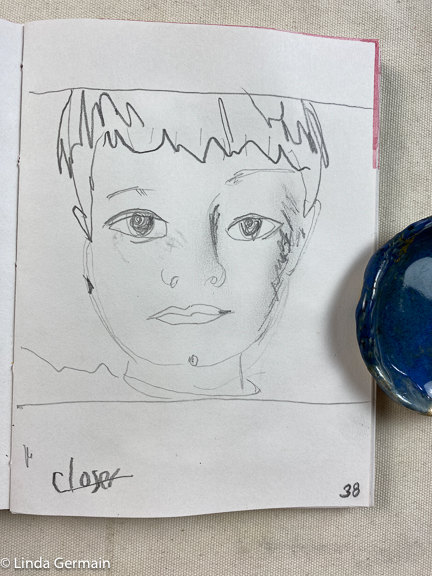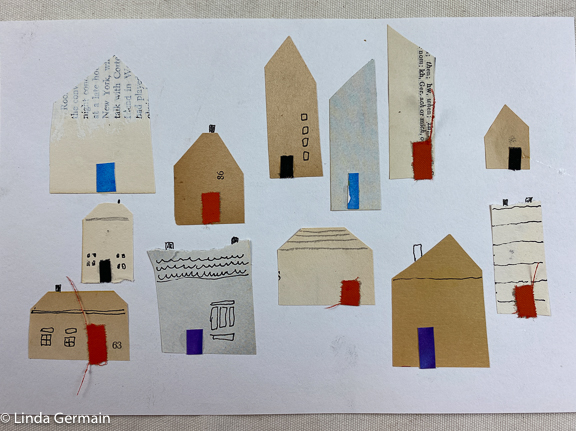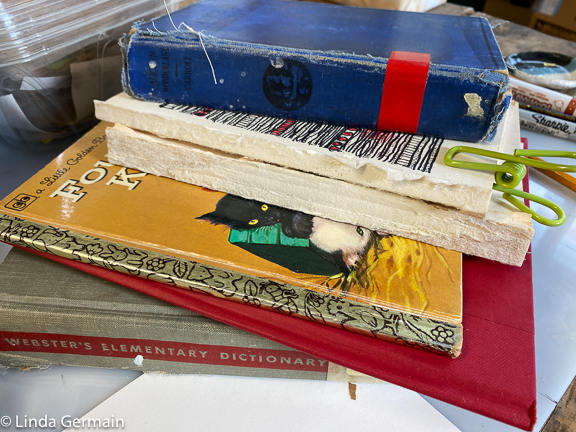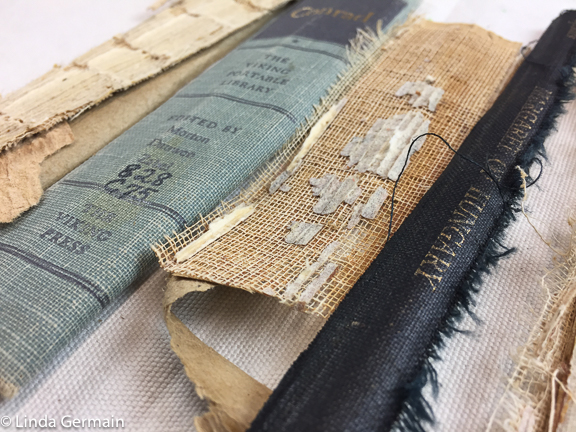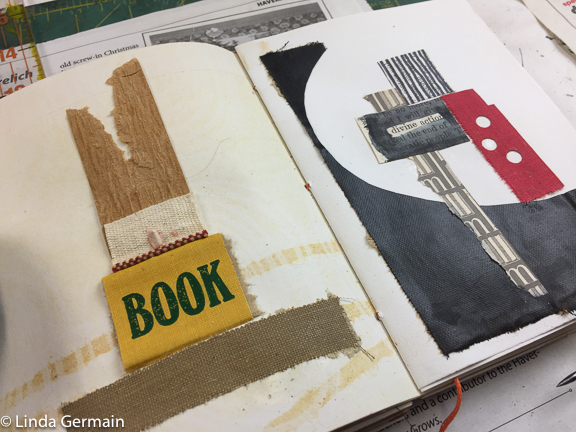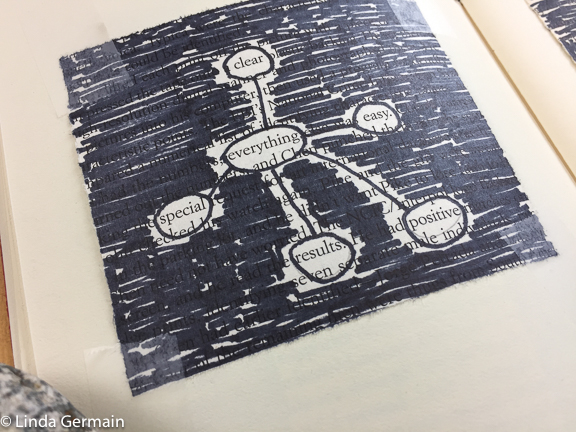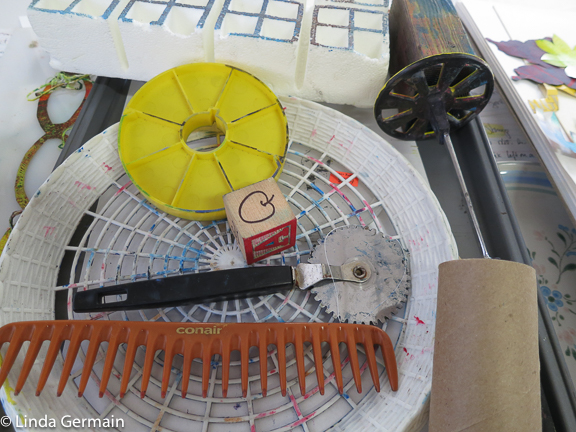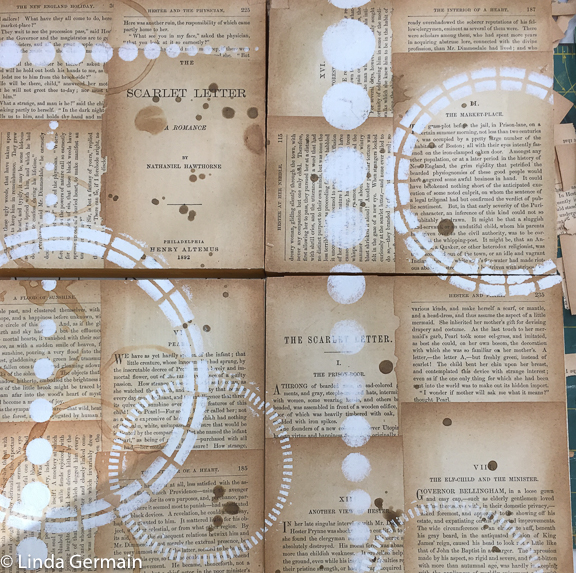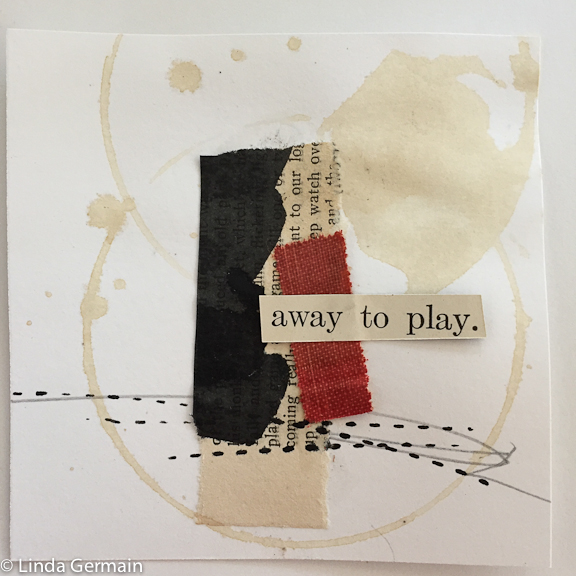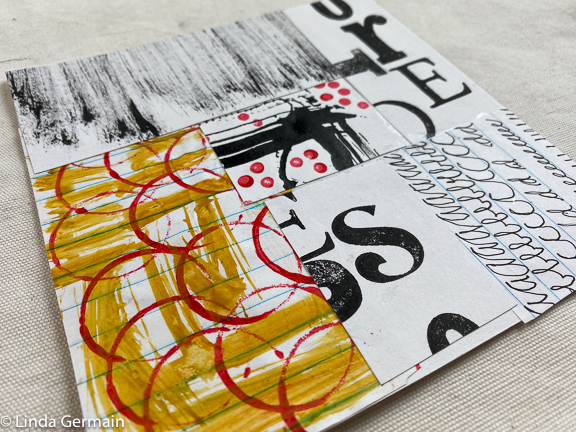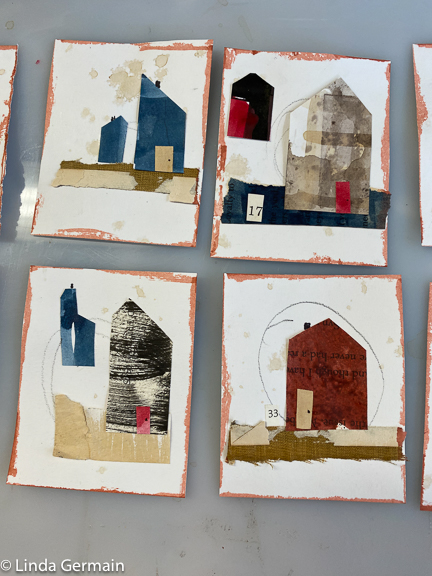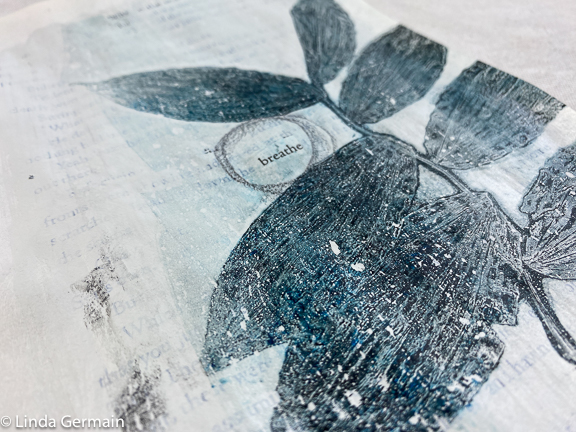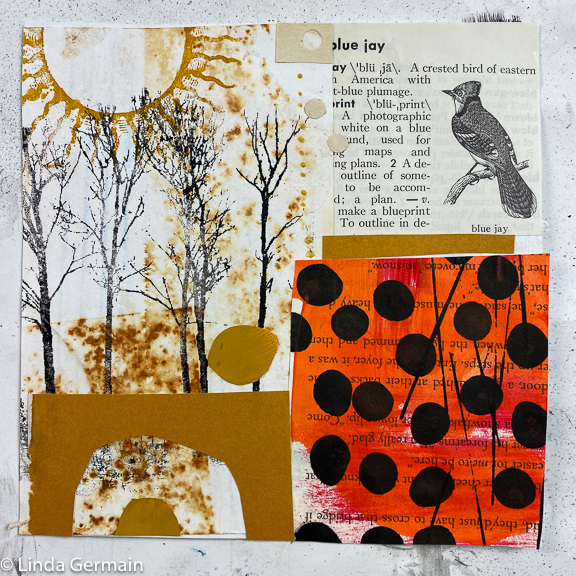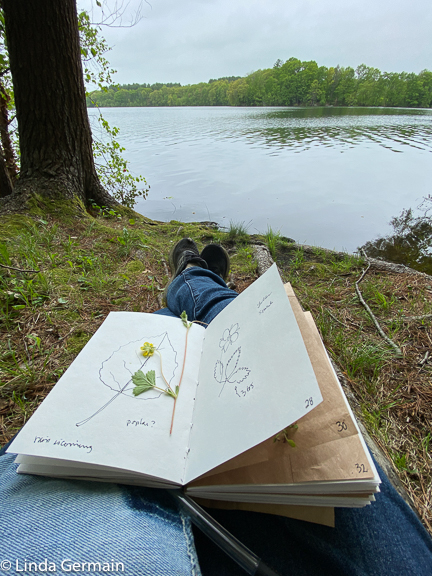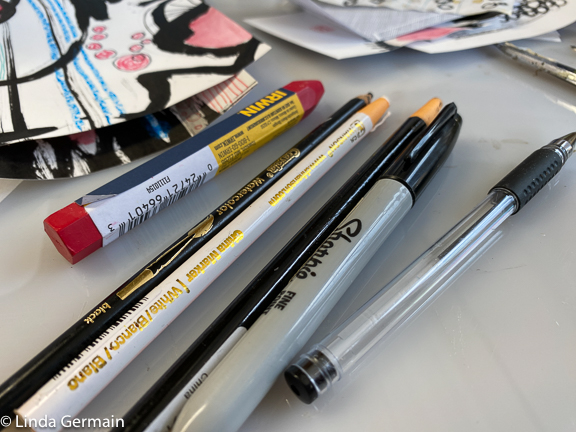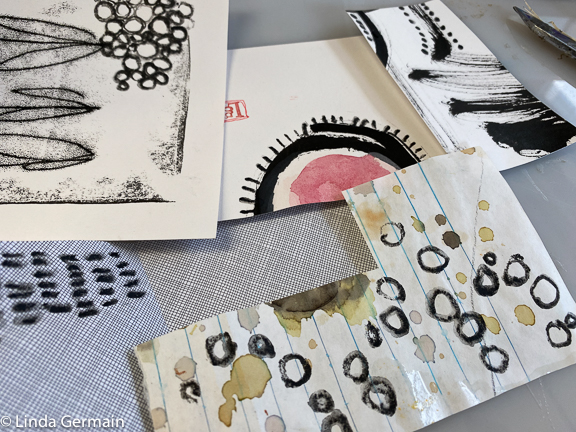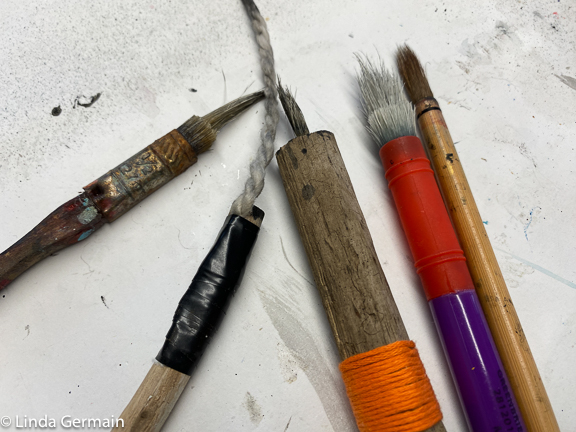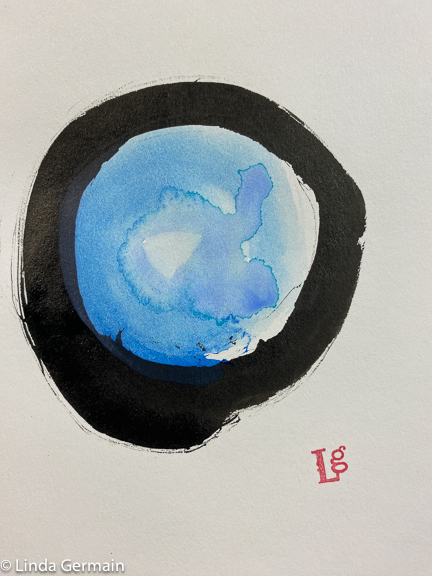Creating new habits
Every so often my subject matter changes. I am usually drawn to:
- Trees
- Leaves and weeds
- Text and fonts
- Birds
However, I often will do a quick contour line self portrait.
But recently I have wanted to develop a loose line portrait style. So I have been playing in 4 sketchbooks and creating some sketches with varying degrees of satisfaction.
I am looking online and tried the Sktchy Museum app that has all kinds of portraits that I can use as reference. But they did not mean much to me and so I was not very interested in the drawing.
I also noticed that my subjects often have a sad expression. I looked closer at eyes and mouths to see what is involved in producing a happier expression. I am still learning.
So I searched my own photos and found some family members that I plan to use as a photo reference for my next set of sketches. I have more interest in these subjects, so hopefully I will want to put a little more effort into the drawing.
I am hoping that:
- My seeing skills become stronger
- My hand and eye become more coordinated
- I learn ways to stylize elements of the portrait
- I have fun doing it!
If you are looking for an online art class check out the self-studies that I am offering.
Creating new habits Read More »
